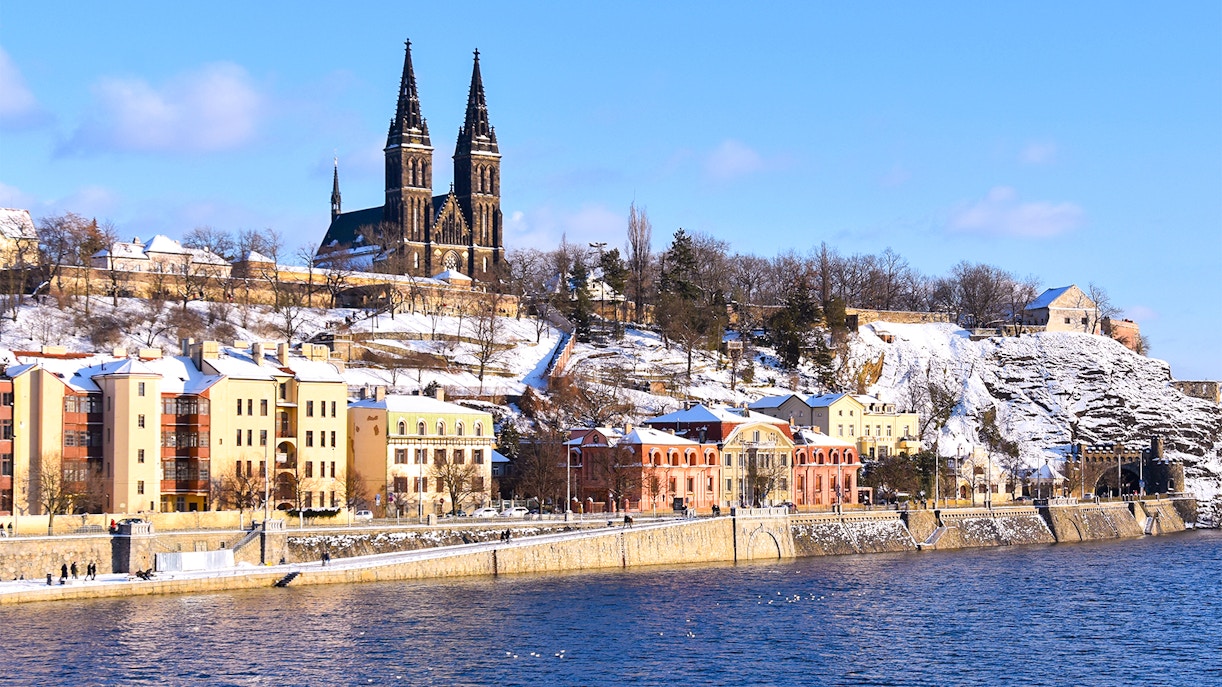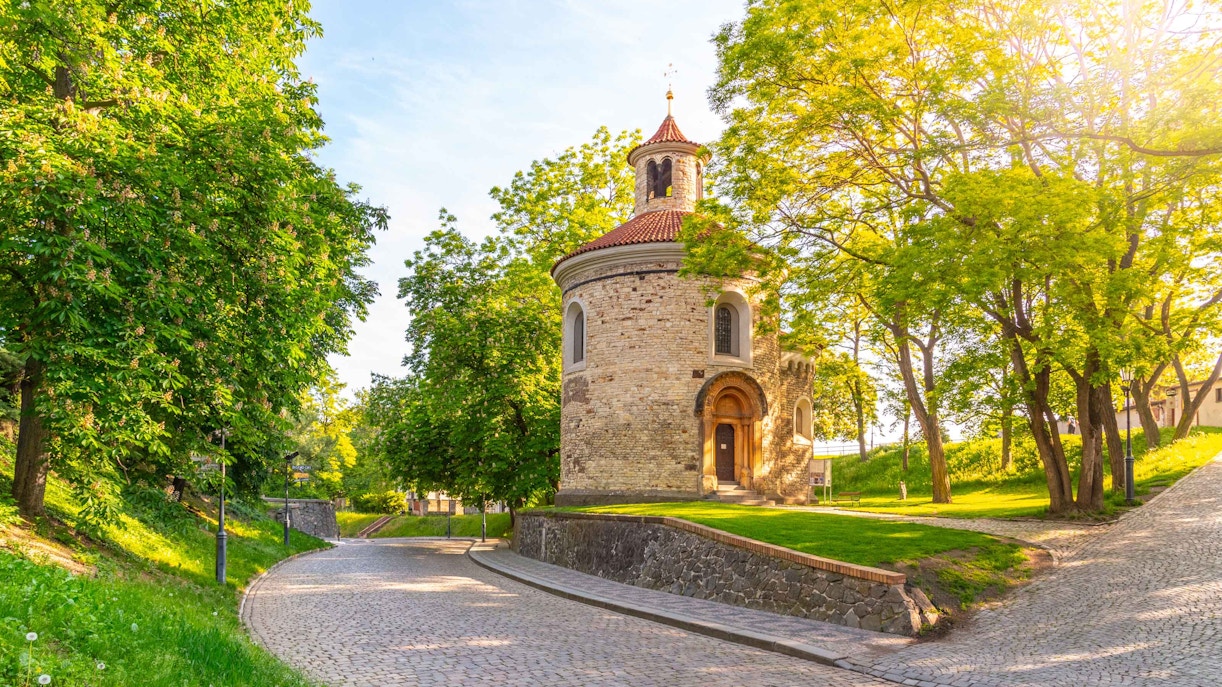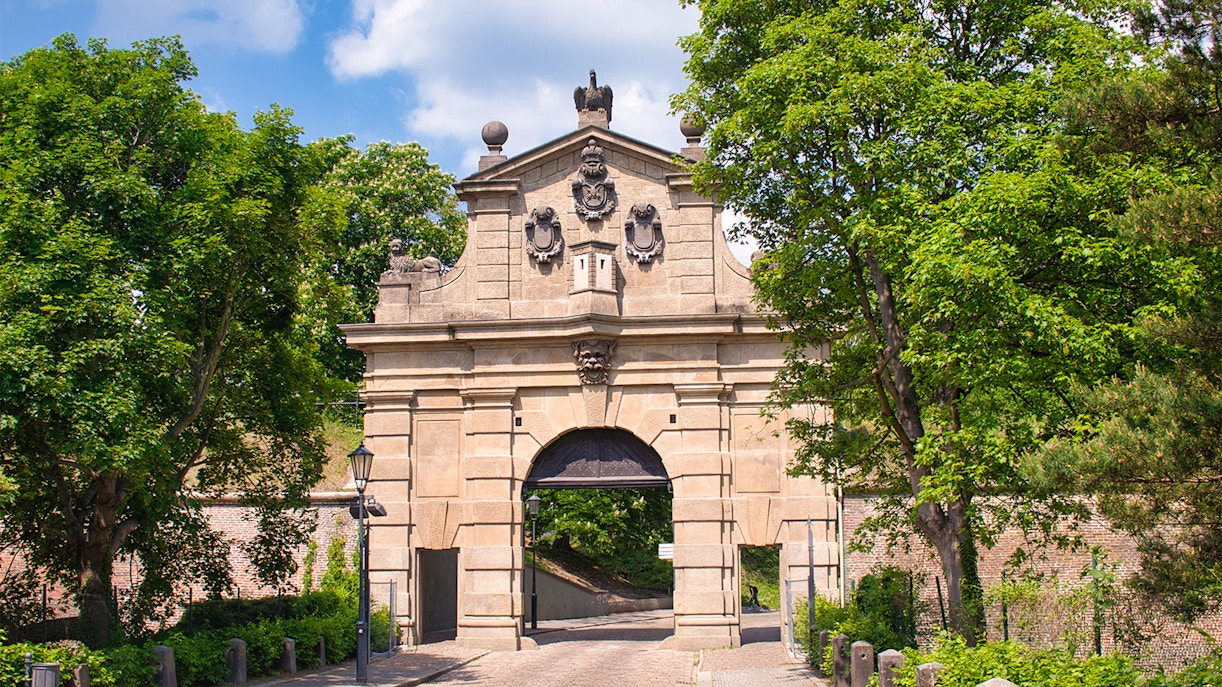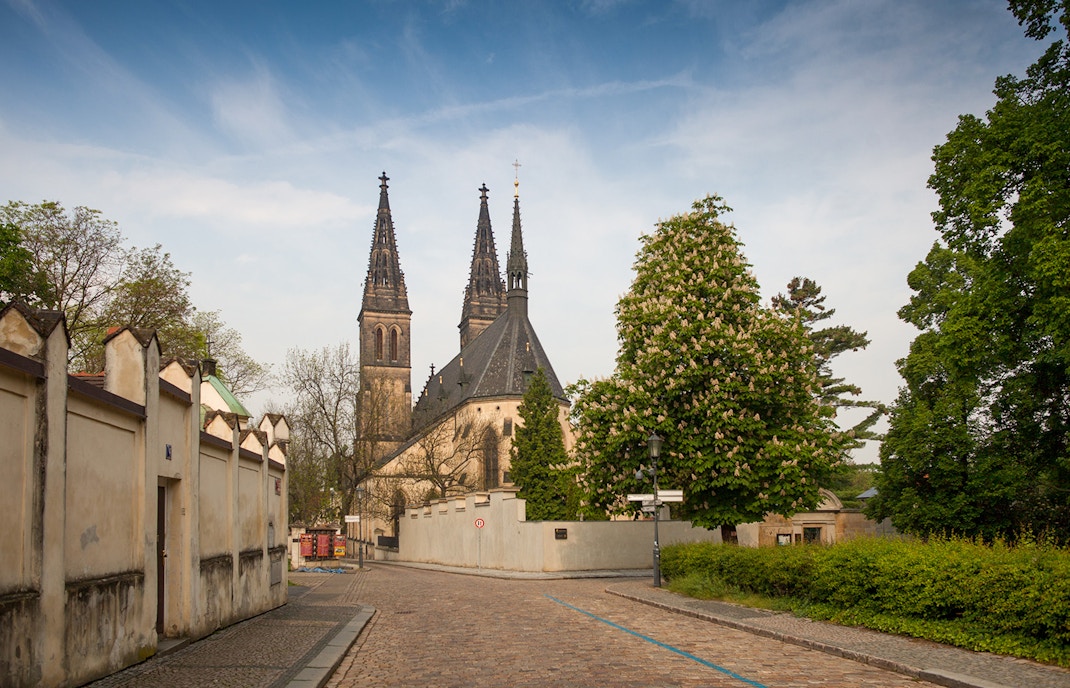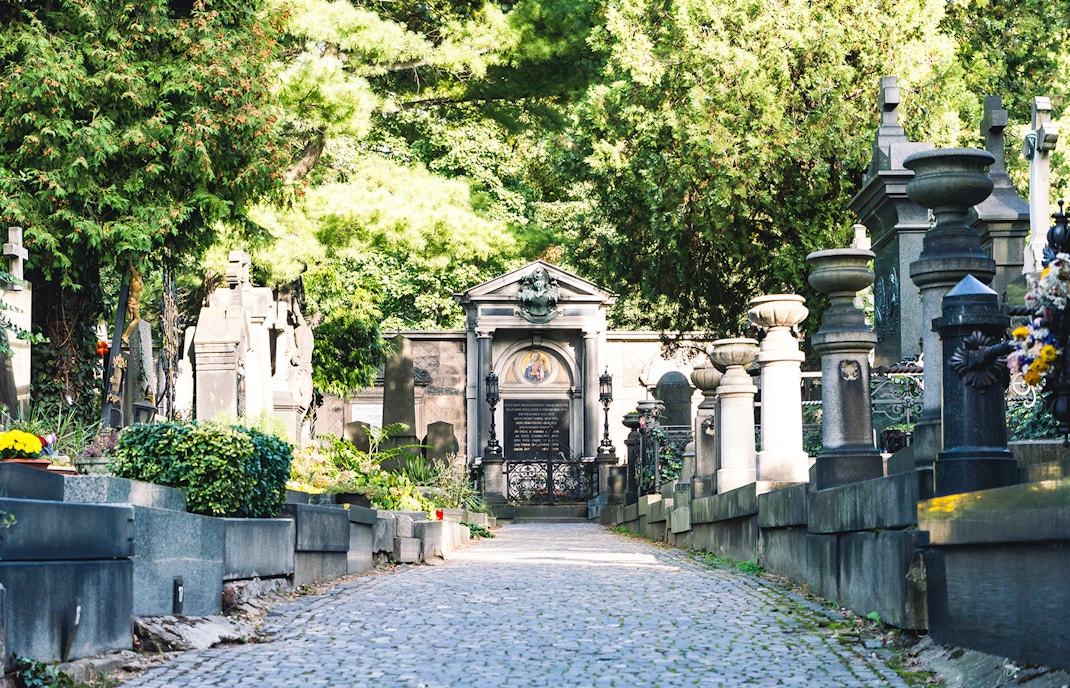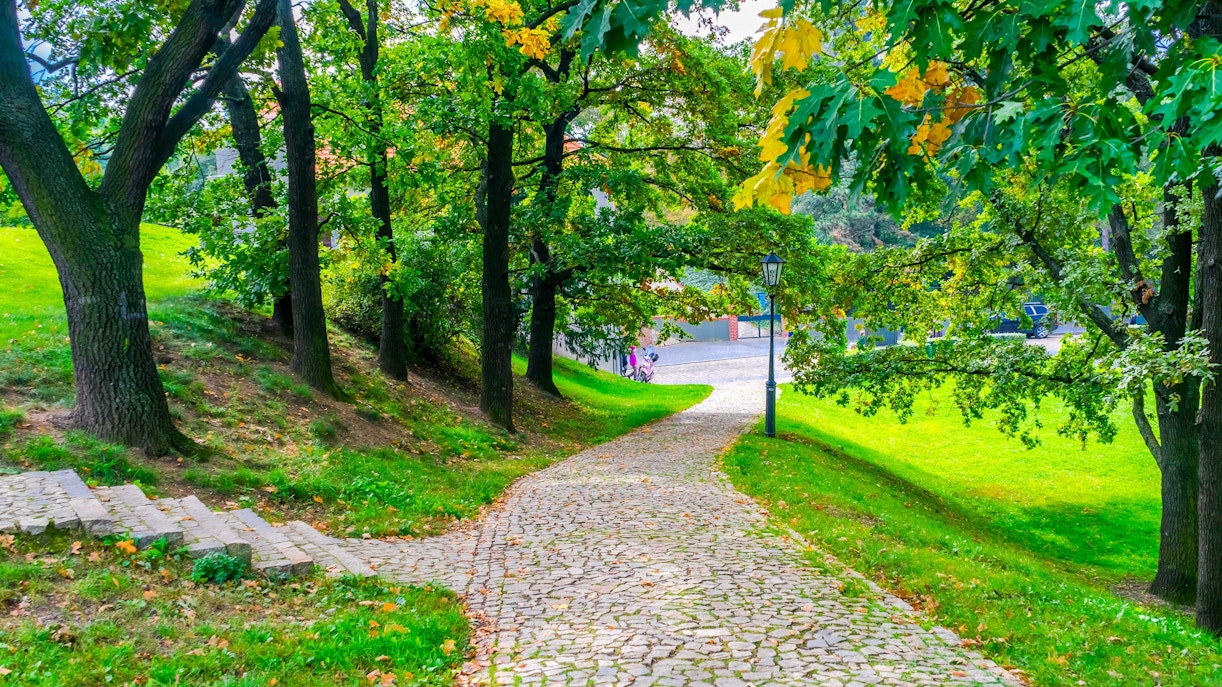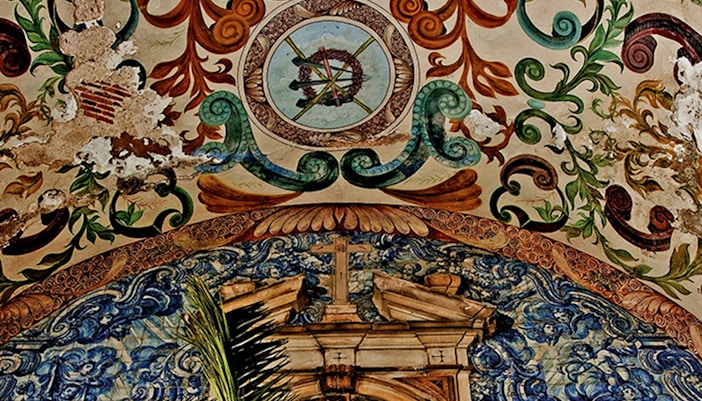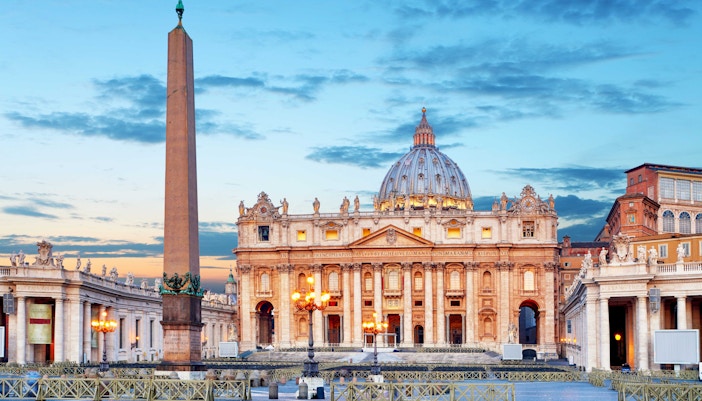It was then the location where the minting of denarii (coins) of Boleslaus II took place. But Vyšehrad has had a vibrant past since then, having served several different functions over time. For a short period, this site served as a royal castle. Soon afterward, it grew into a city. Later, it was a Baroque fortress, as it so appears even today. It was around the end of the 1800s that Vyšehrad became recognized as a national symbol, and was converted into a cemetery for some of the most famous personalities in Czech history.
Today, Vyšehrad has gained acclaim among tourists visiting Prague as a popular destination for breathtaking views of the city. Visit this historic site for a spell-binding glance into the history of Prague, and walk around as you get acquainted with some of the major monuments located here.
